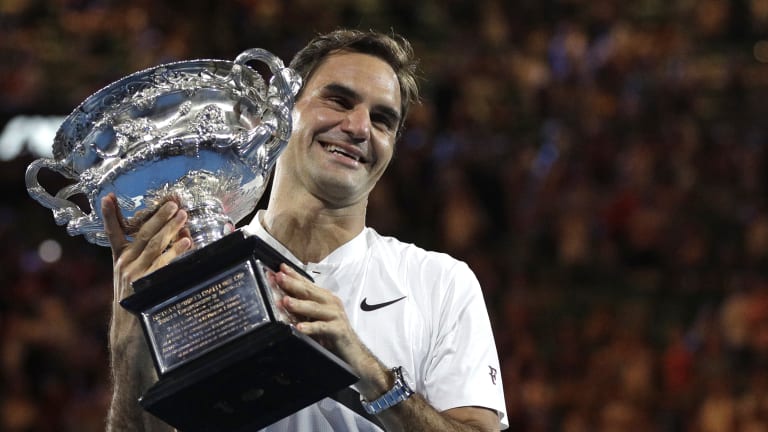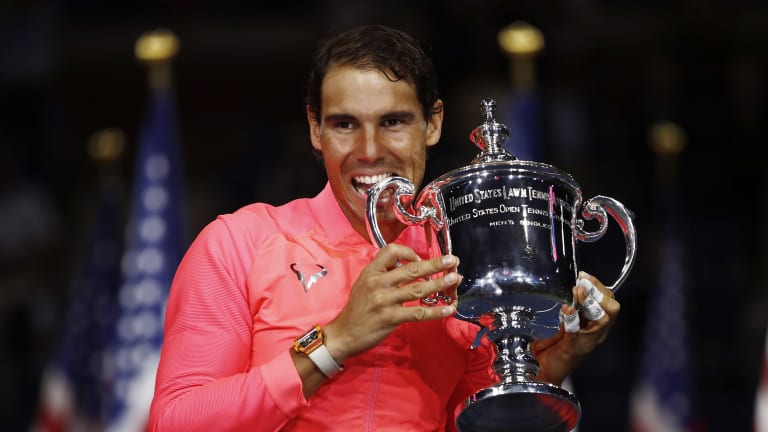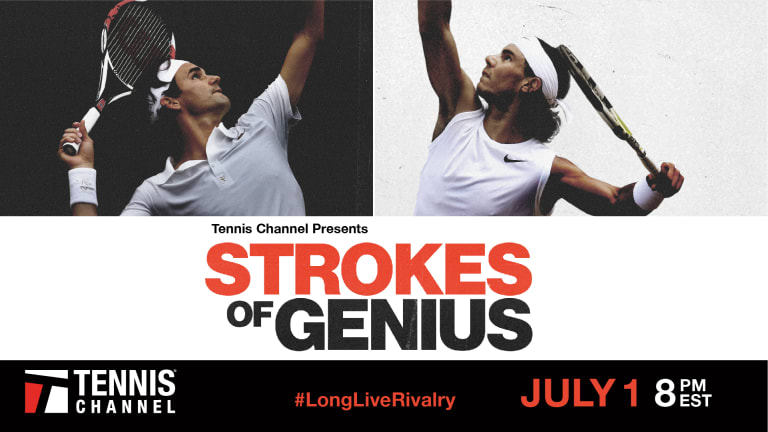This is transition time in tennis. Spring turns to summer, green grass replaces red clay, long rallies give way to big serves, and a quieter, quicker cadence comes to the game.
Since 2005, that transition has been echoed by an equally abrupt baton-handoff at the top of the men’s tour. Just as one legend, Rafael Nadal, closes out his customary two months of domination on dirt, another, Roger Federer, begins gearing up for his customary one month of domination on turf. Last Sunday, as Nadal was putting the finishing touches on Dominic Thiem for his 11th title at Roland Garros, Federer could be seen taking practice swings at the grass-court event in Stuttgart. With his title there yesterday, he began his drive for a ninth Wimbledon title, and in the process took back the No. 1 ranking from Nadal. The 36-year-old Swiss and the 32-year-old Spaniard have already traded that spot back and forth five times in 2018.
You might think all of this would be cause for celebration among tennis fans. As we get set to mark the 10th anniversary of their best and most famous match, the 2008 Wimbledon final, the two most popular players of this century are still going strong, still playing as well as ever, still finding new ways to improve, still packing arenas, still embracing their roles as ambassadors for the sport, still setting new records and still seeming to enjoy the grind and the fight as much as ever.
TRAILER—"Strokes of Genius", sponsored by Humana:


